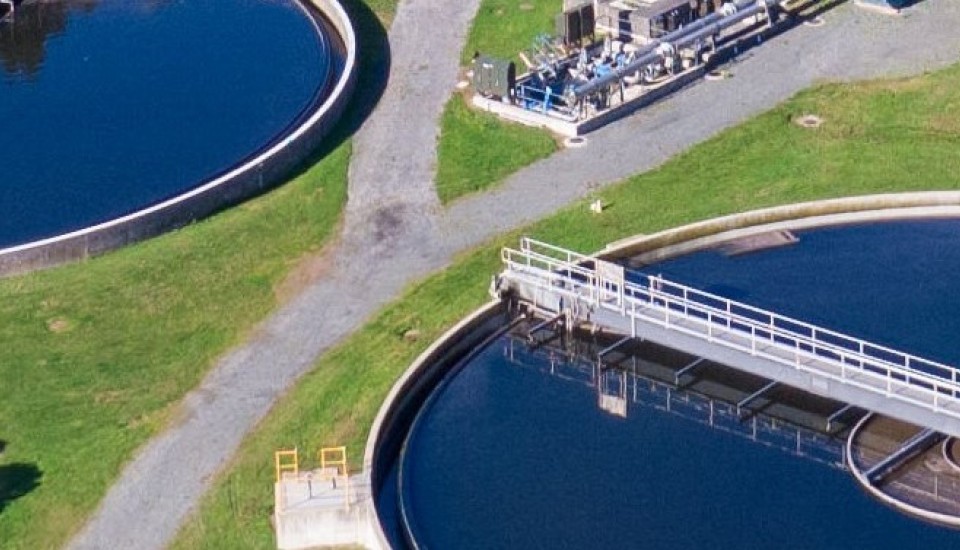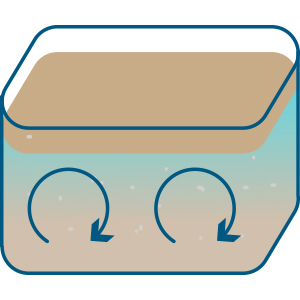Wastewater
Wastewater is made up of 99 percent water and about 1 percent human and other waste.
Every time you flush the toilet, take a shower or do the laundry the used water – called wastewater – flows through your private plumbing pipes and the public wastewater network to the treatment plants where it is cleaned and safely returned to the environment.
From tap to treatment plant
Leaving your property
Inside your house all water from your kitchen, bathroom and laundry goes into the pipes on your property via the gully trap. The pipes are called lateral pipes and are your responsibility to maintain.
Into the public network
Once the wastewater leaves your property it enters the public network of underground pipes, the biggest are the trunk sewers which are big enough to walk through!
Pump stations
Most of the wastewater flows through the pipes by gravity, but because Wellington is hilly sometimes it needs to be pumped through a pump station to get it uphill or across a long distance.
Treatment plant
Wastewater ends up at a wastewater treatment plant where it is cleaned and treated to remove harmful bacteria and other contaminants before being released back into the environment.
We work hard to make sure that when wastewater is released to the environment, whether planned or overflow discharges, it minimises environmental harm and respects the cultural values of our waterways.
How you can help
Help us keep the system flowing
To avoid blockages and protect the environment, please don’t flush:
- · Wet wipes (even if they say ‘flushable’)
- · Period products and nappies
- · Paper towels, tissues or hair
And don’t pour down the drain:
- · Cooking fats and oils (these can cause fatbergs)
- · Coffee grounds
- · Paints, solvents, or motor oil
Easy ways you can help
- · Use eco-friendly cleaning products
- · Keep trees and plants away from underground pipes
- · Know where your pipes are before digging
- Keep access clear to public pipes on your property
Your responsibilities
You’re responsible for:
- · Lateral pipes – these connect your home to the public wastewater network
- · Gully trap – this collects the wastewater from inside your home
- · What goes down your pipes – should only be 3 P’s, pee, poo and (toilet) paper
If your gully trap or pipes gets blocked or damaged you need to call a plumber to fix them.
Ragmonsters and Fatbergs
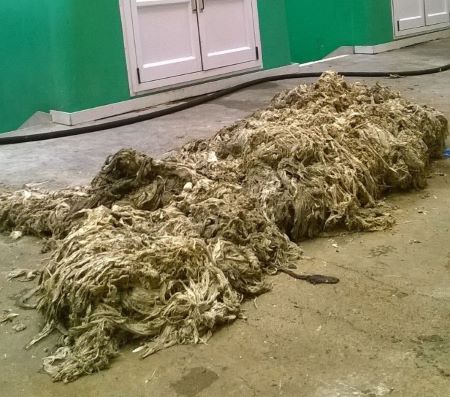
Ragmonsters are made up of wet wipes, tampons, sanitary pads, nappies, cloth, hair and other non-biodegradable materials and they should never be flushed down the toilet.
Fatbergs are made up of cooking oils and fats that have solidified and joined up to make a big lump.
Both of these can completely block wastewater pipes which could cost you a lot of money in plumber bills to remove or repair the damage they make if they happen in your property.
If they happen in the public network it can be costly and it could be disrupting traffic and potentially wastewater services while we remove the ragmonster or faberg and repair the damage they may have made.
Overflows
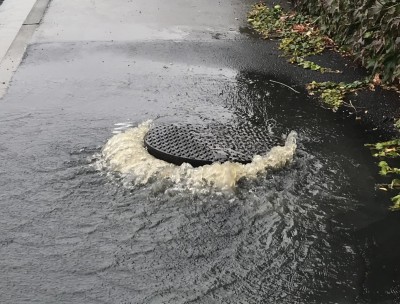 Overflows happen during heavy rainfall when wastewater overflows from manhole covers and outlet pipes, out of the wastewater network and into streams, rivers and harbours. One of the causes of this is when stormwater drains are fitted incorrectly to a wastewater system, called a cross connection, or when stormwater gets into wastewater pipes through holes, or cracks in the pipes.
Overflows happen during heavy rainfall when wastewater overflows from manhole covers and outlet pipes, out of the wastewater network and into streams, rivers and harbours. One of the causes of this is when stormwater drains are fitted incorrectly to a wastewater system, called a cross connection, or when stormwater gets into wastewater pipes through holes, or cracks in the pipes.
The wastewater system is aging with parts of the network over 120 years old. When parts of the network were built it was designed to divert wastewater away from private property and into rivers, streams and harbours.
Overflows reduce the risk of wastewater surfacing on your property and in your community and reduces the risk of members of your household or community becoming sick after potential contact with wastewater.
After heavy rainfall you should not swim for two days. This is not only to protect you from wastewater overflows but also other contaminants from stormwater that wash off the roads. For the latest information on swimming in your area, head to LAWA.org.nz.
Treatment plant process
Screening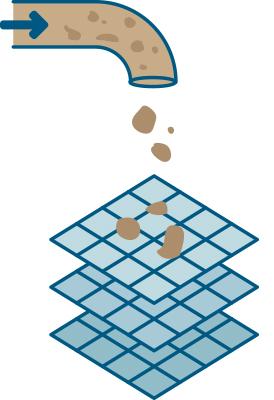
Wastewater passes through milliscreens when it enters the treatment plant. Milliscreens are a fine mesh (openings about 2mm wide) and act like a sieve to stop any large solids getting through. Such as wet wipes, period products, shampoo bottles, toys and plastic bags. Everything that the screens stop gets collected, pressed to squeeze out the excess water and taken to a landfill.
Settling tanks
The wastewater is piped into the settling tanks where the larger particles settle to the bottom of the tank. The remaining wastewater flows through to the next stage. This stage only happens at the larger wastewater treatment plants.
Aeration basins
Good bacteria is introduced along with air blown into the aeration basins to keep everything mixed. The good bacteria feed on the nutrients in the wastewater sludge like fats, sugar and ammonia from human waste. Aeration can take several hours, during which clusters of bacteria form as they break the waste down.
Clarifier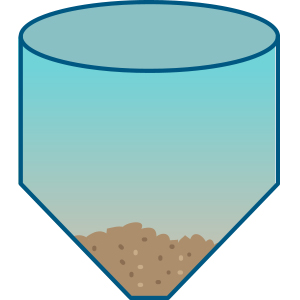
Clusters of bacteria are separated from the liquid, the clusters of bacteria are heavier than the liquid and sink to the bottom of the clarifier as sludge. The clarifier has a sloping floor which makes gravity assist in separating the sludge from the liquid. The liquid flows over the outside walls of the clarifier so it can then be treated.
Most of the settled sludge is pumped back into the aeration tank because it needs a certain bacteria population to maintain the aeration process. The exact amount is calculated and adjusted every day.
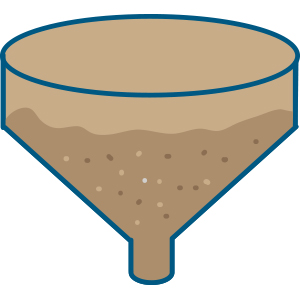 De-watering sludge
De-watering sludge
The leftover sludge that does not go back into the aeration tank is pumped to a thickener or directly to centrifuges.
Centrifuge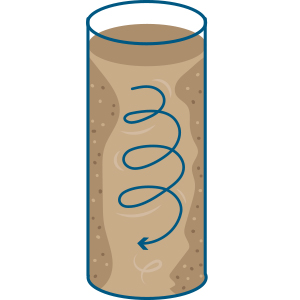
In the centrifuge it is mixed with polyelectrolyte - a substance that helps bind the solids and separate the water. The centrifuge acts like a spin dryer, as it spins the contents at high speed causing the solids to stick to the outside of the 'bowl' and any leftover liquid to the centre. This liquid is sent back to the aeration basin, whilst the de-watered sludge drops into large containers and is removed for disposal at landfills or further treatment.
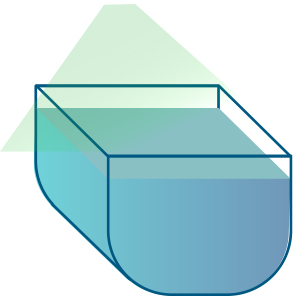 Treating the water
Treating the water
There are a number of ways to treat the leftover water in order to remove the the remaining bacteria and viruses down to safe levels. The method we use is ultra violet (UV) light.
Treated water is then sent through long pipes to be discharged into the sea.
Influent vs Effluent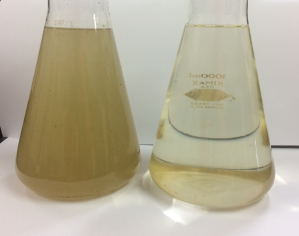
This image shows the difference in clarity between wastewater before and after going through the treatment plant. On the left is influent, after it has entered the plant and has gone through the miliscreens. On the right is effluent, which is after it has gone through the full process and is leaving the treatment plant. This sample was taken from the Moa Point Treatment Plant.
Leaving the plant
All wastewater processed at the treatment plants is treated to a high standard so that swimming guidelines in surrounding bays around the ocean outfall are met.
During heavy rainfall where a treatment plant is overloaded with more wastewater to process than it is designed to take, partially treated wastewater may be discharged through the outfall.
Treatment plants
There are four treatment plants in the metro Wellington area and four in southern Wairarapa.
Metro Wellington
Moa Point Wastewater Treatment Plant
Western Wastewater Treatment Plant
Porirua Wastewater Treatment Plant
Seaview Wastewater Treatment Plant
Southern Wairarapa
Greytown Wastewater Treatment Plant
Featherston Wastewater Treatment Plant

